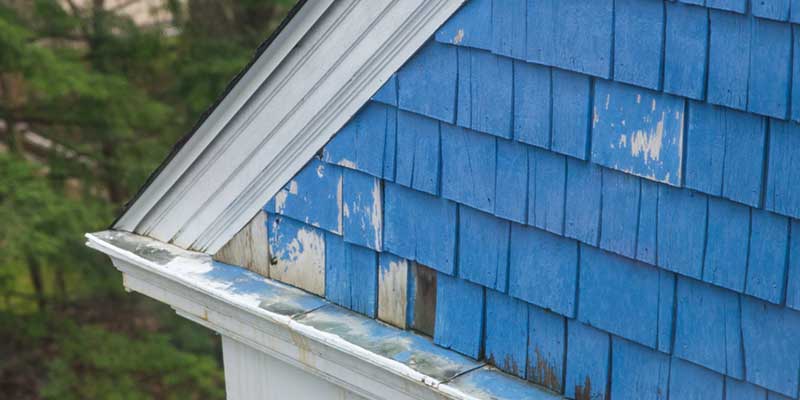A freshly painted home does far more than impress the neighbors. It seals porous siding, blocks ultraviolet degradation, and sheds wind-driven rain long before moisture can settle into vulnerable seams. The finish you see today is a thin film only a few thousandths of an inch thick, yet it works nonstop to keep the structural skeleton beneath from warping, rotting, or rusting. When that film erodes, the toll surfaces take is measured in dollars and comfort.
Paint failure often begins quietly, with an almost imperceptible fade or the slightest blister. Left unchecked, those tiny hints invite water that swells wood, lifts nails, and forces heating and cooling systems to work harder through compromised sheathing. At JC Carpentry & Painting, repainting your house on a predictive schedule is the most affordable way to sustain market value while preserving pride of ownership.
Paint’s Dual Role: First-Impression Aesthetics and Weather-Shield Durability
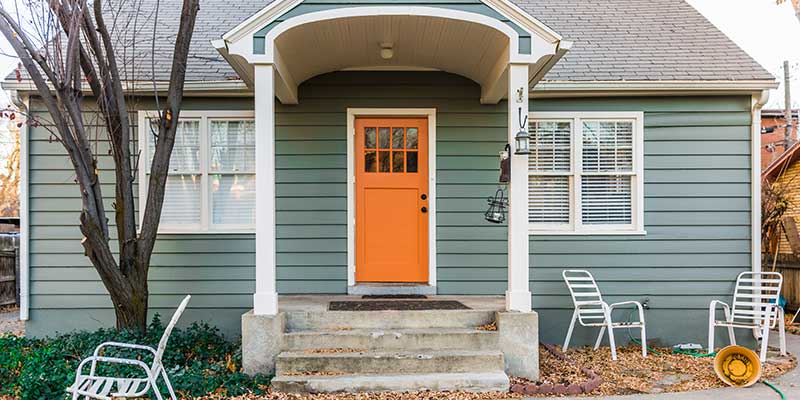
How Neglected Coatings Lead to Moisture and Wood Rot
Once pigment chalks away or blisters open, rain migrates laterally across lap joints, soaking end-grain edges where capillary action draws it deep into the board. Eventually, insects discover softened fibers, and an inexpensive paint job becomes an extensive siding or framing replacement. A proactive eye for the following warning signs will keep maintenance squarely in the realm of paint and primer rather than demolition and rebuild.#1: Faded or Sun-Bleached Colors
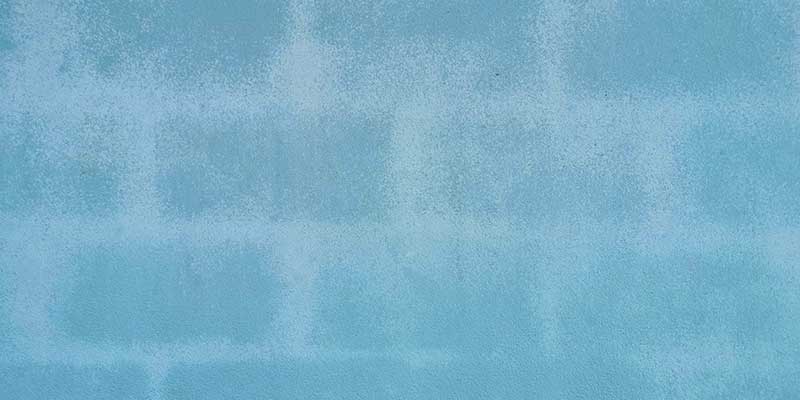
A vivid navy that has drifted toward chalky denim or a warm terracotta that now resembles dry clay means ultraviolet radiation has oxidized resin binders, releasing pigment particles into the wind. The earliest stages appear on upper clapboards or fascia where summer sun strikes most aggressively.
Sunlight bombards polymers with high-energy photons that sever chemical bonds, eroding gloss first, then color depth. Dark or saturated hues absorb more radiant energy, quickening the breakdown. Reflecting UV can double exposure on lower siding boards in regions with hot summers and reflective surfaces like concrete driveways, quietly worsening the fade.
Walk the perimeter on a bright morning and compare siding under eaves to siding mid-wall. If the difference is dramatic, schedule repainting your house before summer intensifies solar burn.
#2: Peeling, Cracking, or Bubbling Paint Layers
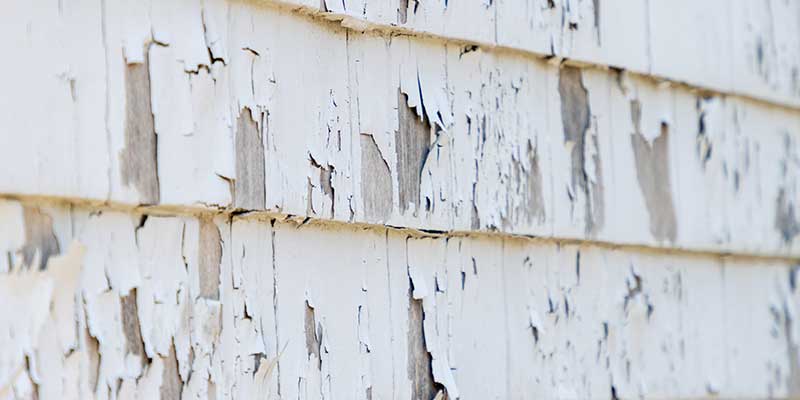
The Credit Card Scrape Test:
Hold a plastic card at forty-five degrees and draw it firmly along suspect areas. If paint sloughs off to bare wood with minimal resistance, bond failure is systemic and warrants complete removal. Professional evaluation from JC Carpentry & Painting ensures our crews address root causes, not just cosmetic symptoms.
#3: Visible Wood Rot, Rust Streaks, or Mold
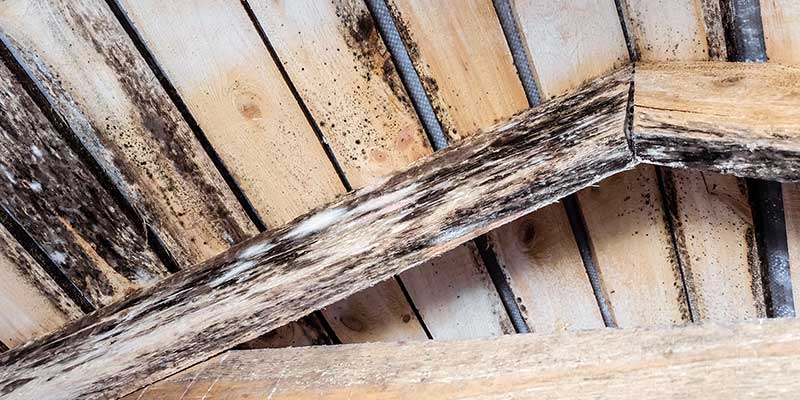
Early Intervention: Treat, Prime, and Paint Before Replacement Becomes Inevitable
#4: Chalky Residue When You Rub the Surface
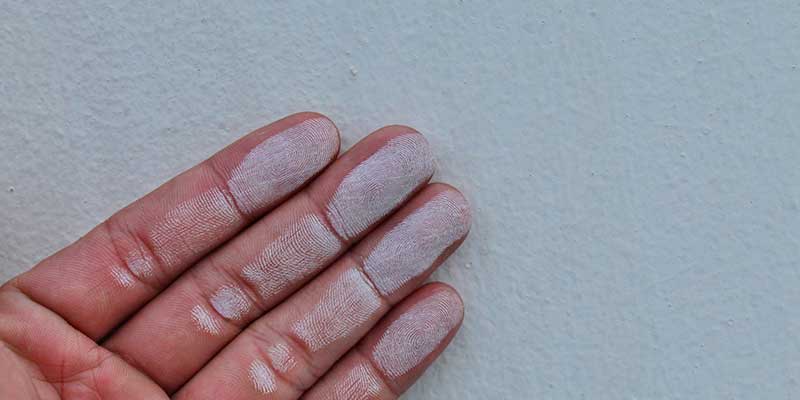
#5: Caulk and Sealant Gaps Around Windows, Doors, and Joints
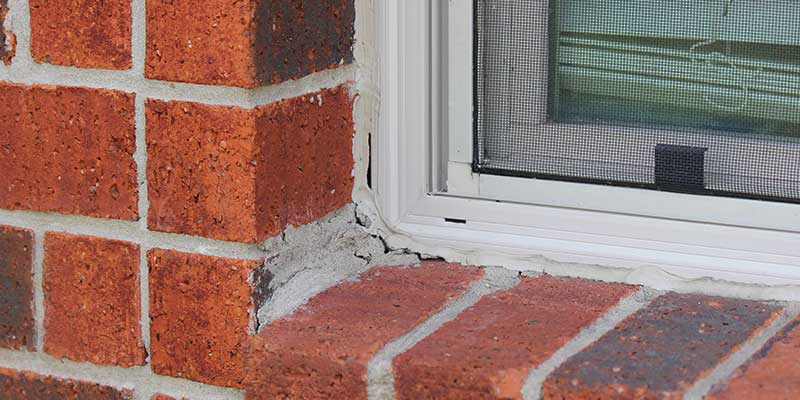
Align Inspection, Maintenance, and Professional Painting
Savvy homeowners pair seasonal gutter cleaning, shrub trimming, and minor exterior repairs with cyclical painting every five to ten years, depending on exposure. Interior upkeep matters too, because balanced attic ventilation and disciplined painting inside reduce moisture migration that shortens paint life outside. Harmonizing exterior color choices with updated home color palettes creates visual continuity that makes a property feel intentionally curated.
Proactive Repainting Saves Money and Maintains Pride of Ownership
A home is a living asset; paint is its outermost defensive layer. Preparing for repainting your house when early signs appear safeguards budgets from runaway repair costs and keeps neighborhoods vibrant. JC Carpentry & Painting recommends inspecting each elevation annually, cleaning lightly in spring, and consulting professionals at the first hint of adhesion loss or substrate staining.
If you have noticed fading, peeling, or gaps forming around windows, now is the time to act. JC Carpentry & Painting offers complimentary assessments that pinpoint coating failures, deliver customized house painting tips, and outline solutions designed for local weather patterns.
Contact us today to preserve your home’s beauty and resilience with a paint system that performs as impressively as it looks.

